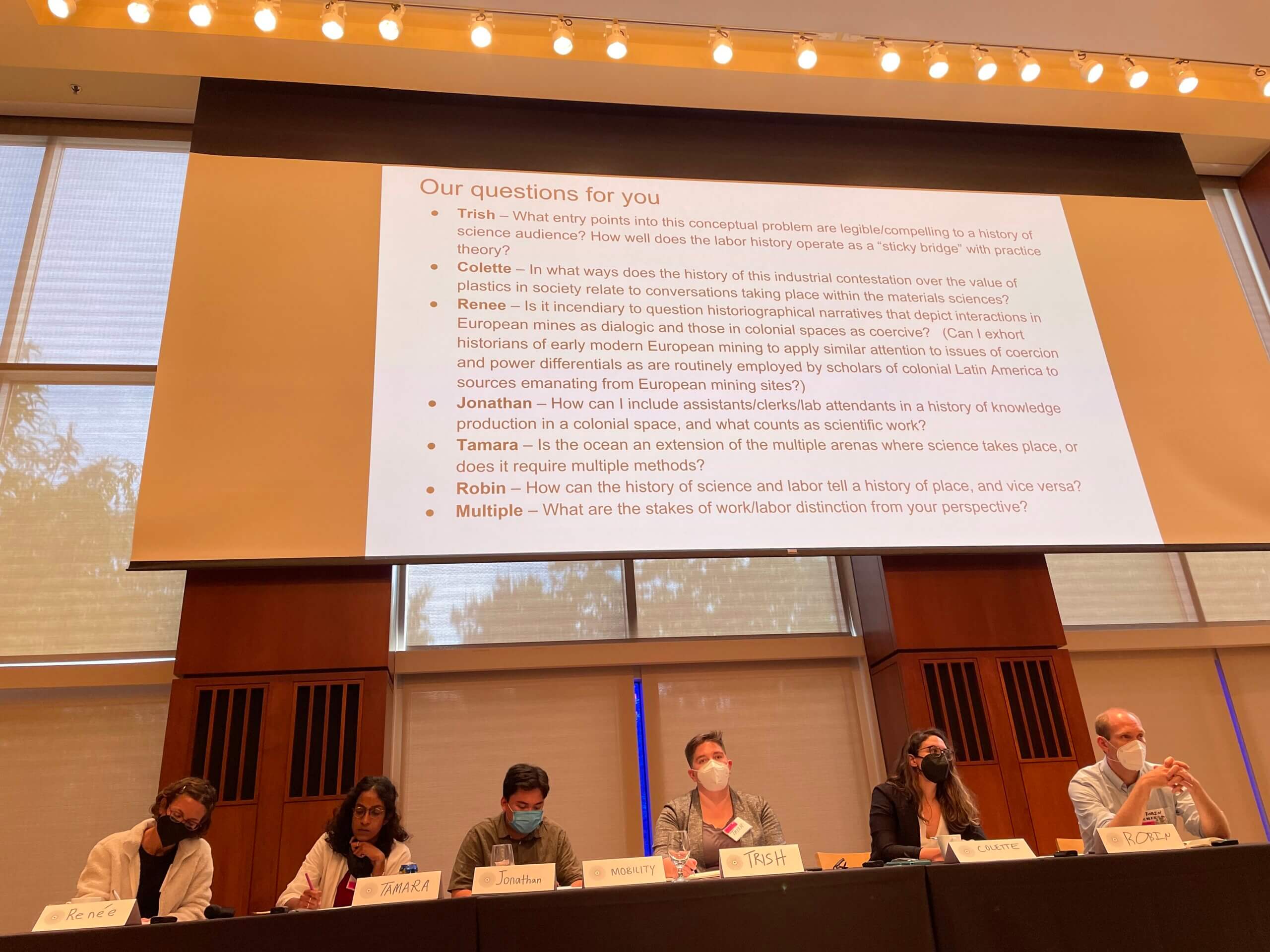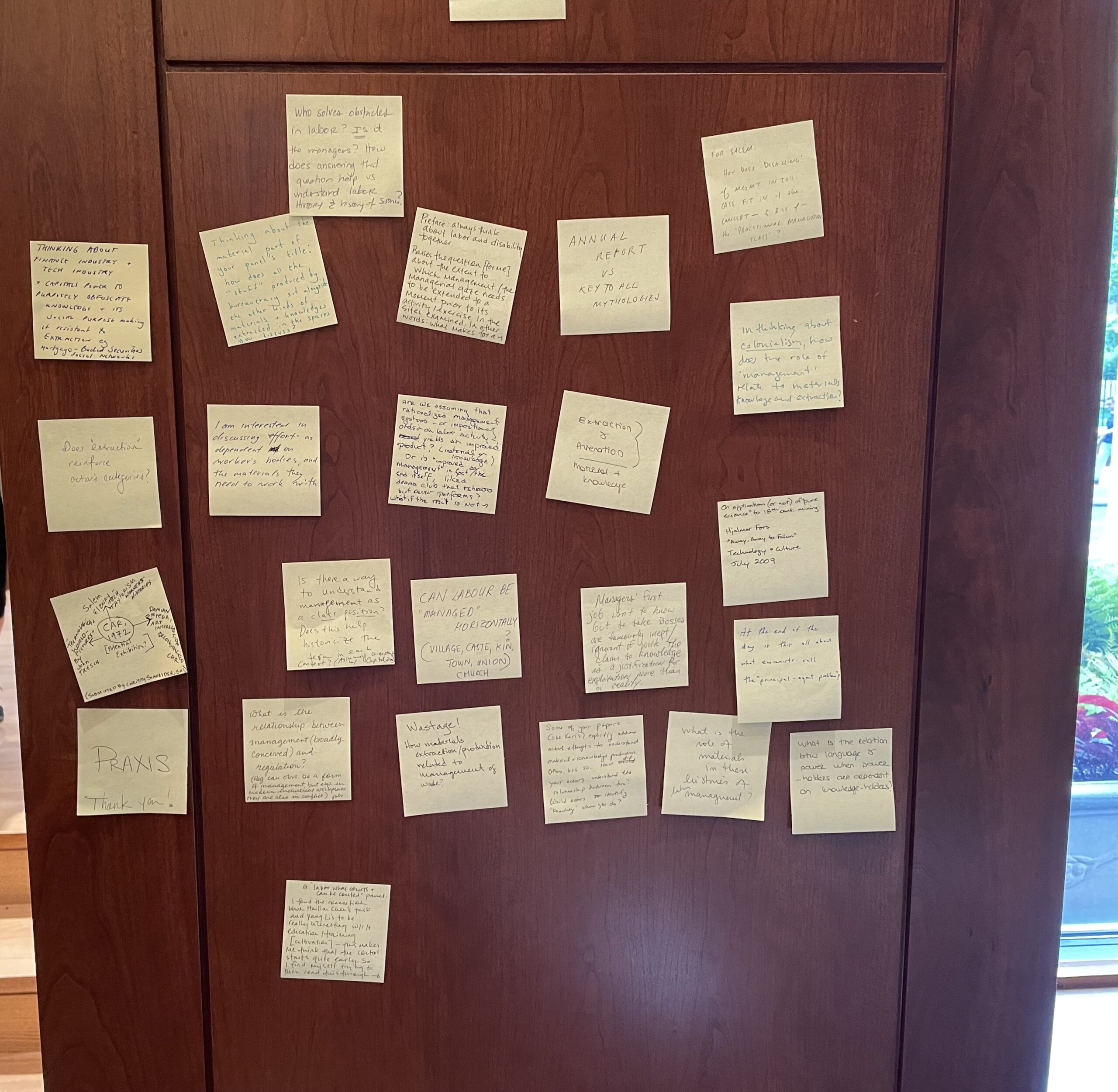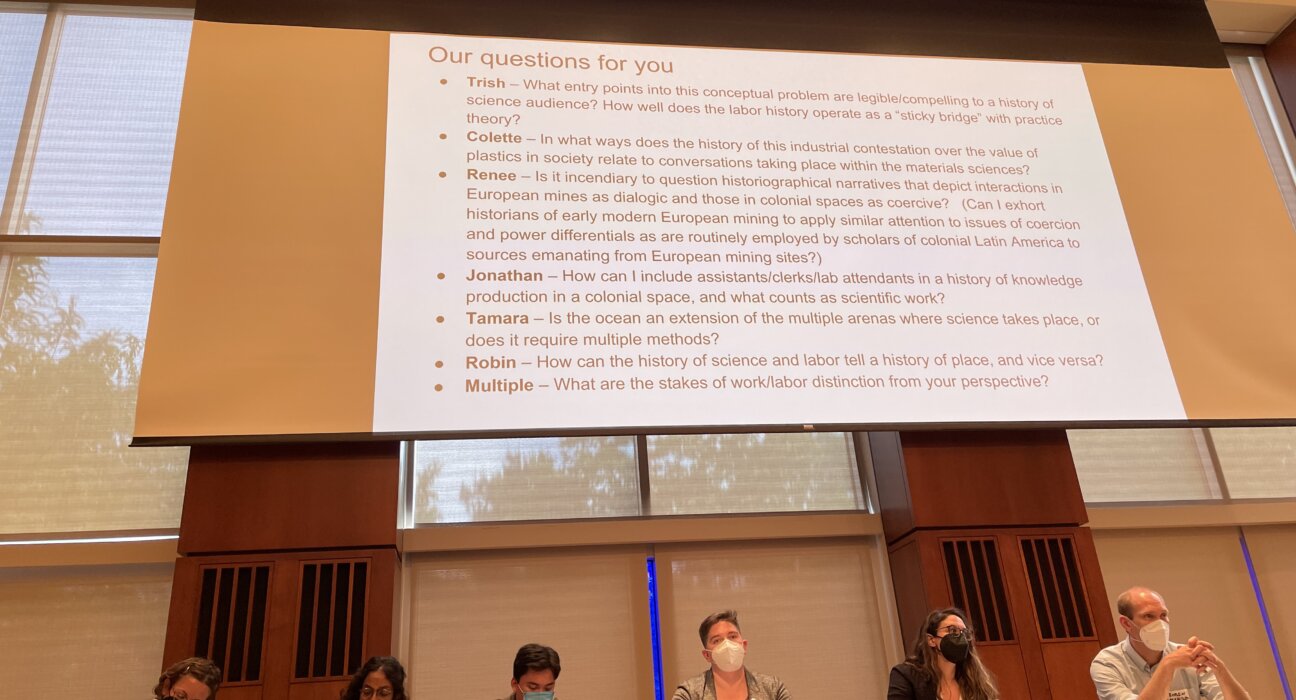The conversations eventuating in the current “Labor and Science” special issue of Labor began almost three years ago to the day. Lissa Roberts and Alexandra Hui, editors of History of Science and Isis respectively, had noticed that scholars in their subfield were increasingly interested in labor, and they wondered if labor historians were giving any thought to science in turn. When they asked me, my instinctive “no” was not only too quick, but it might easily have derailed this newest issue of Labor as well as a companion special issue of History of Science and a focus section in Isis.



These three coordinated journal publications attest to a cross-field collaboration far more fruitful than I had initially imagined. Collectively, their insights point toward new directions for labor history and the history of science as discrete endeavors, but also call forth “a labor history of science” attentive to the political economies organizing the vast quantities of work dedicated to knowing and transforming the material world.
Our initial conversation in March 2021 began imagining the Venn diagram of labor history and history of science as institutionalized subfields. Only a handful of scholars came to mind as having a foot in both; how many colleagues do you know who belong to both LAWCHA and the History of Science Society? The shared interests of scholars working under the auspices of each field was somewhat easier: someone had to put the labor in laboratory and the science in scientific management! But more seriously, both fields had radically expanded the categories of worker and scientist far beyond the standard employment relation and the credentialed spaces of higher learning. And whether focused on the production of theories or thimbles, both fields were alert to labor as invisibilized, rationalizing, racialized, and surveilled. For Roberts and Hui, however, one of the things that was missing from their field was labor radicalized, or at least politicized. Histories of science had not given much attention to labor conflict or class formation, for example, and it often seemed as if scholars in that field were writing about labor with few of the analytical tools and historiographical touchstones of labor history itself. For my part, as someone increasingly focused in my own research on tacit forms of knowledge and the encounter of maker and material, I confessed my own wishes for labor historians to borrow more liberally from historians of science (and affiliated STS scholars) to think more about expertise, human-nonhuman interactions, and the somatic experiences of actually doing work. In other words, we were hoping to nudge both fields toward new insights informed by some of the analytical frames prevalent in the other.
By summer 2021, we had developed a call for papers for a conference to be held the following year in Philadelphia, hosted by the Science History Institute. We received over 150 proposals, a response that both surprised us and confirmed that there was a conversation to be had between the two fields. We organized selected participants into six conversations, and we asked them to convene in the months before the conference over Zoom. We wanted the conference to be the mid-point in the scholarly project, rather than the starting point. We also wanted to structure the Philadelphia gathering as an “un-conference” where the reading of twenty-minute research papers would be banned and each panel could organize its ninety minutes however it pleased. One group generated a syllabus; another broke the audience into small groups and issued writing assignments. The hope was that the participants would self-organize into new intellectual clusters, which would then lead to new collaborations and future research and publication.


The current issue of Labor bears out these aspirations. For example, the five participants in the “Entanglements of Coerced Labor and Colonial Science in the Atlantic World and Beyond” roundtable (free to download for three months) found one another across different panels and recognized their common concerns regarding the pre-twentieth-century past as both endlessly important on its own terms and as a resource for scholars seeking to understand the present moment. Likewise, Salem Elzway and Jason Resnikoff each came to the conference to discuss automation, but left in a conversation that has taken shape as the article “Whence Automation?”, a clear-eyed critique of the dominant discourses of labor efficiency and technological progress. The issue also contains four single-authored research articles, but each very much bears the imprint of the conference, whether by bringing new labor history insights to traditional sites of science, or by bringing the analytical frames of history of science and STS to established topics in labor history. The issue begins with a short overview of the contents, but doubles as a call for future collaborations between these two dynamic fields. I am hopeful that my fellow labor historians will find exciting provocations for their own work between the covers of this issue.
Author
-
Seth Rockman is associate professor of History at Brown University and a member of Labor’s editorial committee. His new book, Plantation Goods: A Material History of American Slavery will be published by University of Chicago Press in November 2024.






